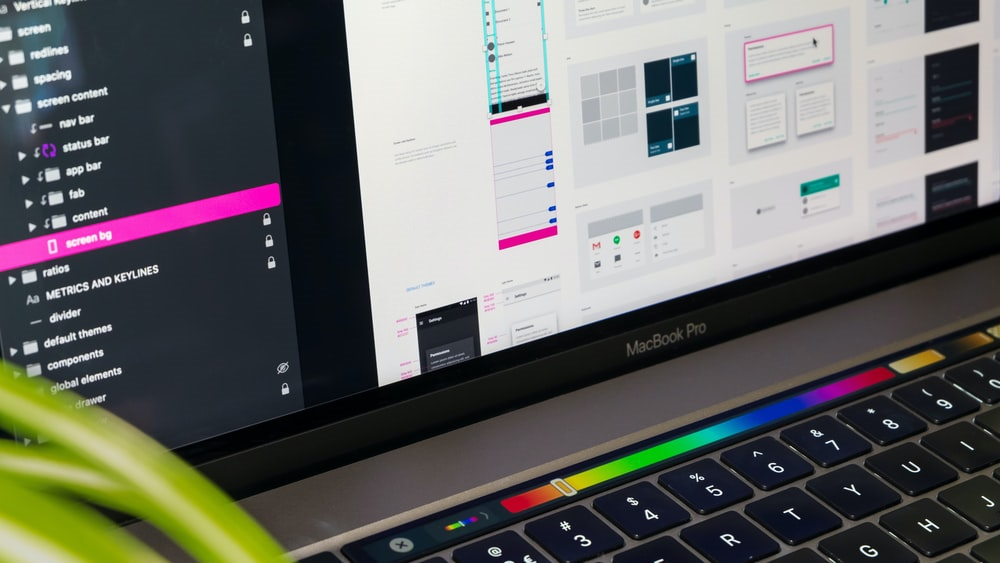
Nowadays, having a great product or service quality is no longer the only important factor that determines business success. In fact, user experience takes precedence over everything else.
If you don't provide your customers with an exceptional experience, they won't hesitate to abandon you for good, regardless of how superior your product or services might be.
For instance, website speed plays a vital role in determining customer experience. If your website isn't fast enough to match consumer expectations, your bounce rate will be through the roof.
Moreover, when you consider that most online consumers today browse the Internet using a mobile device, you have to include mobile-friendliness into the equation.
Therefore, even if you do manage to provide an exceptional experience to customers, but your website isn't mobile-friendly, your efforts are pretty much in vain. With that in mind, here are a few tips on how to improve website speed and UX for mobile devices.
Test how fast your website is
A lot of web owners believe that their websites are fast enough. However, in most cases, websites are barely keeping up with consumer expectations. If it takes just a second too long for your pages to load, your website visitors will bounce off.
Therefore, try to find out if your website is truly up to the task or if it could use some improvements. That said, there are plenty of online speed test tools that can show you just how fast your website really is. Moreover, some of the tools can even point out what's causing your website to slow down.
Design your website for mobile
If you want to provide mobile users with the best possible browsing experience, you have to make sure that your website is properly designed to support mobile devices. In other words, you have to ensure that your website content can be properly displayed on mobile devices.
The best way to achieve that is to implement the so-called responsive design. You can always consult with the top custom web design company to help you implement this type of design for your website. Once you design your website for mobile, your content will be able to adjust itself to any device or screen size.
Provide consumers with more convenience
Some web owners go as far as creating a unique environment for their customers that will guarantee a seamless user experience. The way they manage this is by creating an app version of their website.
The main reason is that businesses can provide a more personalized experience to their customers this way while being able to collect relevant data for future promotions.
If you want to try out this approach, you should check out some of the best software development companies in New York that could help you out. That way, the app version of your website will be much faster and able to provide customers with much better UX.
Enable web caching
Web caching can be a real lifesaver when it comes to improving website speed and providing a better UX for your visitors or customers.
The way it works is that whenever a consumer visits your website, their browser has to download important page assets from your website so that it can display the page properly.
When you enable web caching, your server tells browsers to hang on to these files, so they don't have to download them again whenever the user revisits your site.
Use AMP (Accelerated Mobile Pages)
AMP is a project developed by Google. It is a form of mobile-optimization strategy that allows you to speed up your website and provide mobile consumers with a seamless experience.
AMP strips down page elements to a bare minimum while prioritizing content readability and page loading time. Therefore, your website visitors get what they want in lightning-speed delivery times.
Use content delivery network (CDN)
Relying on CDN can greatly improve your website speed. Considering that you'll have web traffic from all over the world, it would be impossible for your server to handle all the requests and provide fast-enough page loading time for everyone, regardless of their location in the world.
CDN eliminates any latency regarding the geographical distance between end-users and your hosting server. It caches your website files so that users can obtain those files from the server closes to them instead of sending a request to your main server.
As a result, users experience much faster page loading time because their browsers can get the necessary files for displaying pages from the nearby server.
Improving website speed and UX for mobile users can be challenging, to say the least. However, if you plan well ahead, you'll be able to improve website functionality so that it meets every expectation your mobile users might have.
 QUICK LINKS
QUICK LINKS